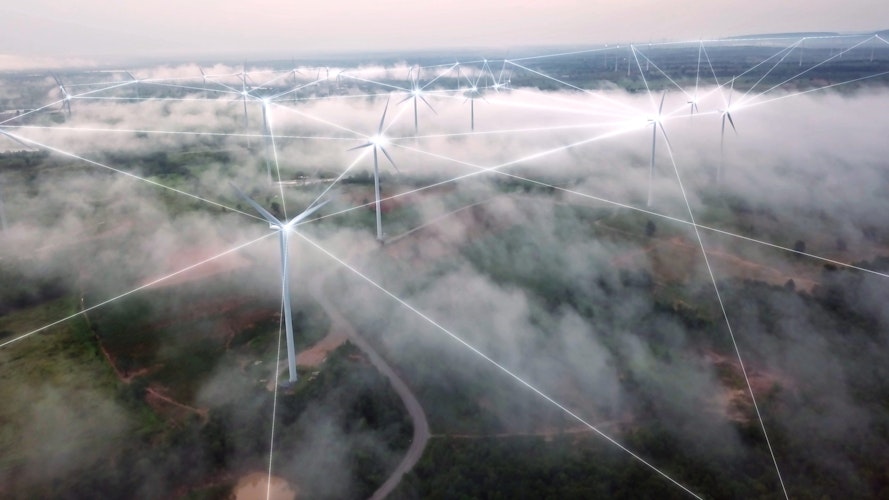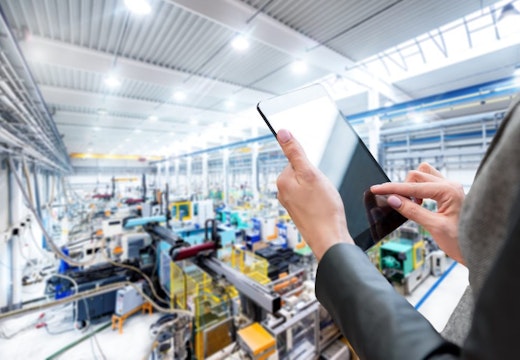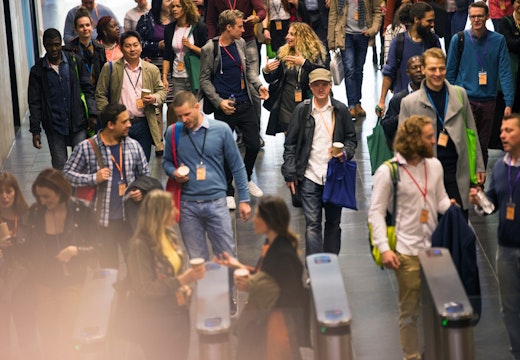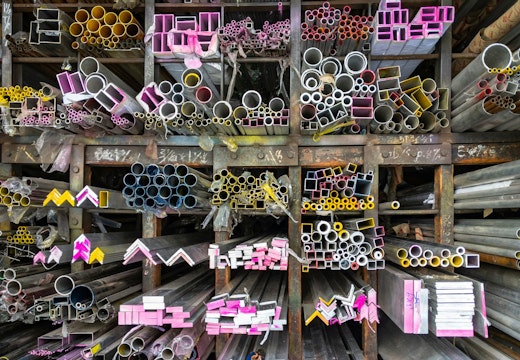The sustainability shift: how IoT is changing the game
As we move from a linear towards a circular economy, the Internet of Things is enabling a global paradigm shift in sustainability in the workplace
Environmental sustainability has become a popular dialogue between governments and corporates in recent years. It often refers to the consumption of energy but, on a wider scale, it is about the way in which we consider our consumption in relation to the environment. If we are rethinking how we consume, then we also need to rethink how we conduct business and this is where the Internet of Things comes in.
The Internet of Things is driving significant breakthroughs in sustainability through its enabling of innovative business initiatives and more efficient processing. This can be seen most evidently in three key ways.
Enabling the circular economy
We currently consume in a ‘linear economy’. This process uses the motto of ‘take, make, dispose’. The linear economy is resource intensive because it involves mass producing products based on consumption demand and, at the end of the line, waste products are ejected into the environment.
We are now moving into the circular economy which is designed to be restorative to the environment. Waste products are reintegrated back into the cycle either as raw materials or nutrients for the natural environment. This concept is difficult to achieve when mass production plays a part in everyday life, so this is where IoT comes into play.
IoT promotes the shift from consumer to user. Instead of buying and owning a lighting system to fit into an entire building, people can rent a lighting service where they have a lighting system installed but the lighting provider owns all the hardware and the user is just paying for a lighting service. This way, less products are wasted when the systems become outdated because the lighting provider can reuse its products and reintegrate them back into the cycle.
Carbon neutral buildings
IoT can promote carbon neutrality which is increasingly a goal set by progressive organisations. Motion and acoustic sensors can be used to dim or turn off lights when they are not necessary, thus reducing energy consumption in buildings and in cities. Sensors can also address unexpected changes and faults in the system so they can send alerts to maintenance in real time or shut down the system automatically until the problem is resolved.
Making renewable energy adoption easier
Currently, power grids run on non-renewable energy because it needs a consistent flow of energy that cannot be guaranteed by renewable sources such as solar power. However, IoT can create smart grids which can make the use of the energy in power grids much more efficient. For example, IoT can facilitate the transfer of energy from a node where it is in surplus to a node running on an energy deficit, and any excess energy can be stored for future use.
True sustainability requires a fundamental rethink about how we consume within our environment and how we can contribute to a more circular economy which is less wasteful. The support of IoT enables this paradigm shift to take place on a global scale.
Read more on how IoT enables sustainability breakthroughs here.








